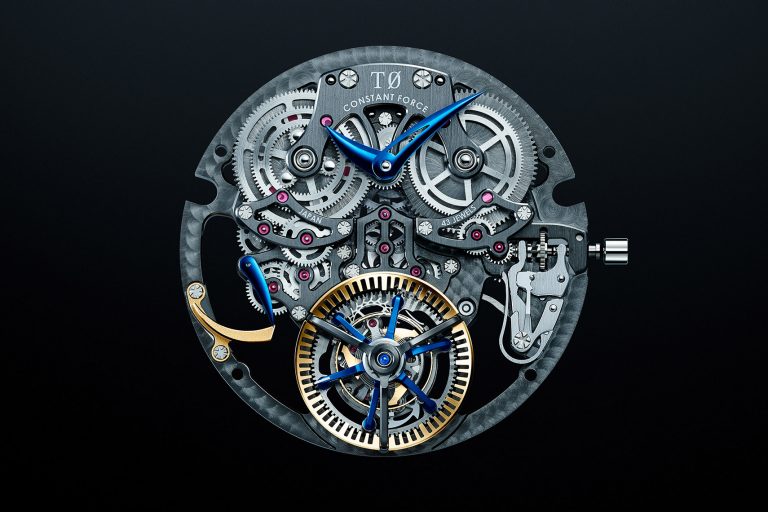The T0 (T-zero) Constant-force Tourbillon by Grand Seiko, announced today, certainly turns the tables of expectation on what the brand is about.
First of all, it is not a watch, but a concept movement that shows the future of the brand moving upwards in price and ambition into the territory of high complication.
No doubt, while we have always known Grand Seiko to be the purveyor of well made and well finished watches targeted for everyday use, this new movement goes way beyond the normal chronograph or GMT in terms of complication, and poses quite a few interesting questions on what the brand will look like over the next few years.
Of course previous to this, while we’ve seen complications like a tourbillon and a minute repeater by the Seiko Group before, these were under the Credor brand, which was decidedly more upscale in its offerings.
Perhaps Credor will move even higher in terms of its position within the group, or maybe, to streamline the product structure, Grand Seiko will take over and be the brand name under which all of the best from the Seiko Group will be offered.
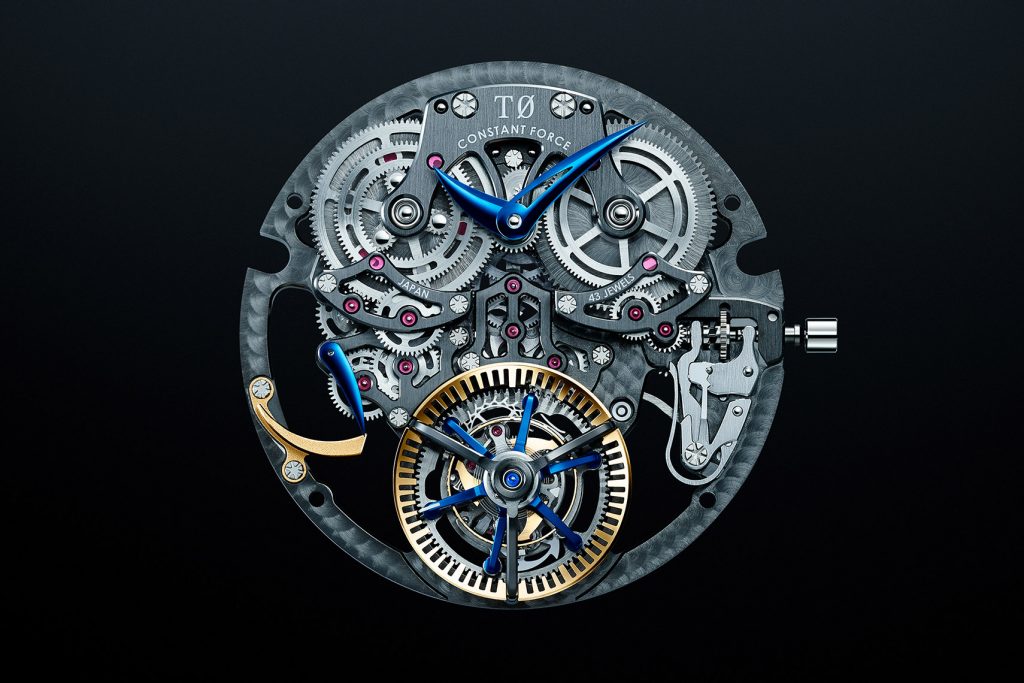
The main claim to fame of the T0 (T-zero) Constant-force Tourbillon movement is it’s fully integrated constant-force and tourbillon that is on the same axis, with the stated purpose of its creation being to create an extremely accurate watch, recalling the 1960’s when Seiko’s mechanical movements dominated the top spots at the Neuchatel and Geneva Observatory Competitions.
The pair of complications that it contains certainly make sense when the goal is to increase accuracy since this is the raison d’être of the constant force mechanism and the tourbillon. It’s interesting to combine complications like this – case in point – the “Pour le Mérite” from A. Lange & Söhne that was created with a similar aim, but by combining a chain and fusee and a tourbillon.
The purpose of the Chain and Fusée is similar to that of a Constant Force mechanism, as both are all about solving the problem of decreasing torque as the mainspring winds down, with the uneven delivery of power affecting timekeeping accuracy. Think of the wind up toy moving energetically at first, but over time moving slower and slower before stopping. 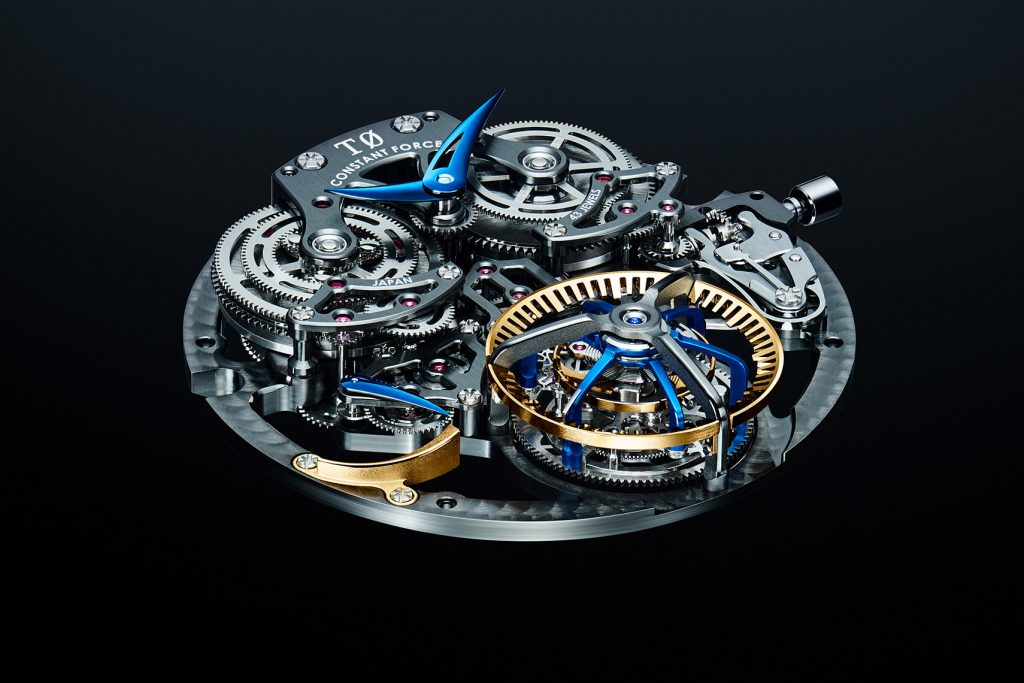 In a mechanical watch, a Chain and Fusée is one solution to preserve accuracy, and the other is to use a Constant Force mechanism, which basically consists of a separate spring aside from the mainspring, that receives and releases power in small intervals. With the hairspring receiving these frequent impulses of power that are smaller and more even, the accuracy of timekeeping is improved.
In a mechanical watch, a Chain and Fusée is one solution to preserve accuracy, and the other is to use a Constant Force mechanism, which basically consists of a separate spring aside from the mainspring, that receives and releases power in small intervals. With the hairspring receiving these frequent impulses of power that are smaller and more even, the accuracy of timekeeping is improved.
Then when you combine this with a tourbillon, whose purpose is to rotate the balance wheel over a specified time frame to cancel out the effects on gravity, and you have the recipe for an extremely accurate movement.
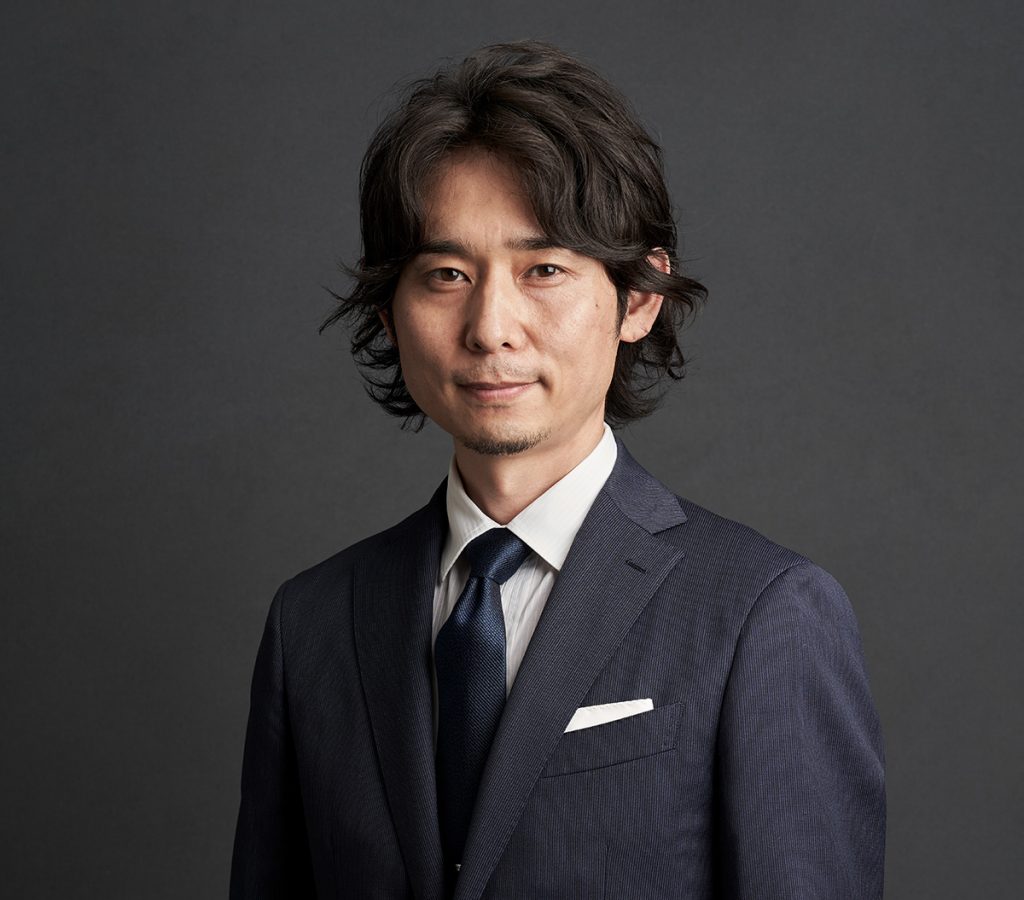
The way that the Constant Force mechanism is done the T0 is quite different from those in other watches since it is the first time that it is mounted coaxially with the tourbillon. While this unique structure avoids the problem of having inefficient power delivery, for example by having the mechanism nearer to the mainspring barrel, it avoids the issue of stability since it is so close to the hairspring. That being said, the main challenge to overcome with this type of architecture is the need to control the large amount of power coming down the gear train, especially since this movement uses twin barrels in parallel to achieve higher torque to begin with.
To counter this the center and third wheels are treated with a special coating for reducing friction and are also, like most of the other gears, manufactured using Micro Electro Mechanical Systems (MEMS), a forming technique used for manufacturing semiconductors. This enables the production of a perfect gear tooth shape with precision measured in microns. Lastly, a precise ceramic gear is applied to the stop wheel, which is controlled by a small spring that releases power every second, to move the tourbillon cage.
While what has been announced is only a movement, the way that it has been designed, looks to be the foundation of a very cool watch. The blued hands look like Japanese character strokes, and the symmetrical arrangement of the parts, with twin barrels on either side of the central axis that make up the time sub-dial and the Constant Force tourbillon, is very pleasing.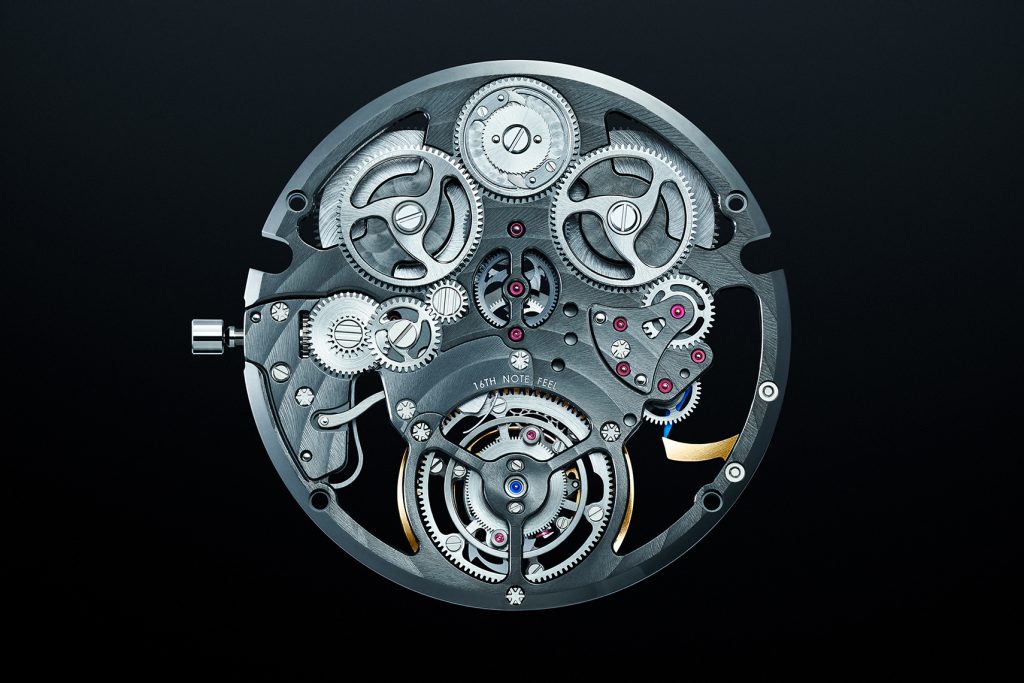 Given the extreme technical abilities of this movement, the resulting watch will probably do away with a dial since there is so much to enjoy from the view as it is visually, and also since Grand Seiko promises that the movement finishing will approach the level of the best from Switzerland.
Given the extreme technical abilities of this movement, the resulting watch will probably do away with a dial since there is so much to enjoy from the view as it is visually, and also since Grand Seiko promises that the movement finishing will approach the level of the best from Switzerland. This is an exciting movement, and even though it is only announced as a concept today, it certainly looks like it can be put into a watch and produced immediately.
This is an exciting movement, and even though it is only announced as a concept today, it certainly looks like it can be put into a watch and produced immediately.
No doubt some of the motivation of releasing the news first in this way was to get some reaction from the public on whether a watch like this from Grand Seiko would make sense. After-all I do know that Seiko moves into new territory with quite a bit of caution, as evidenced by the small number of pictures provided and the comparatively meagre technical explanation for some of the aspects of the watch, for example, the hacking seconds function.  Well, my response to this is as follows – I think that Grand Seiko should put this movement into a watch now. Can’t wait to see it when it happens.
Well, my response to this is as follows – I think that Grand Seiko should put this movement into a watch now. Can’t wait to see it when it happens.


